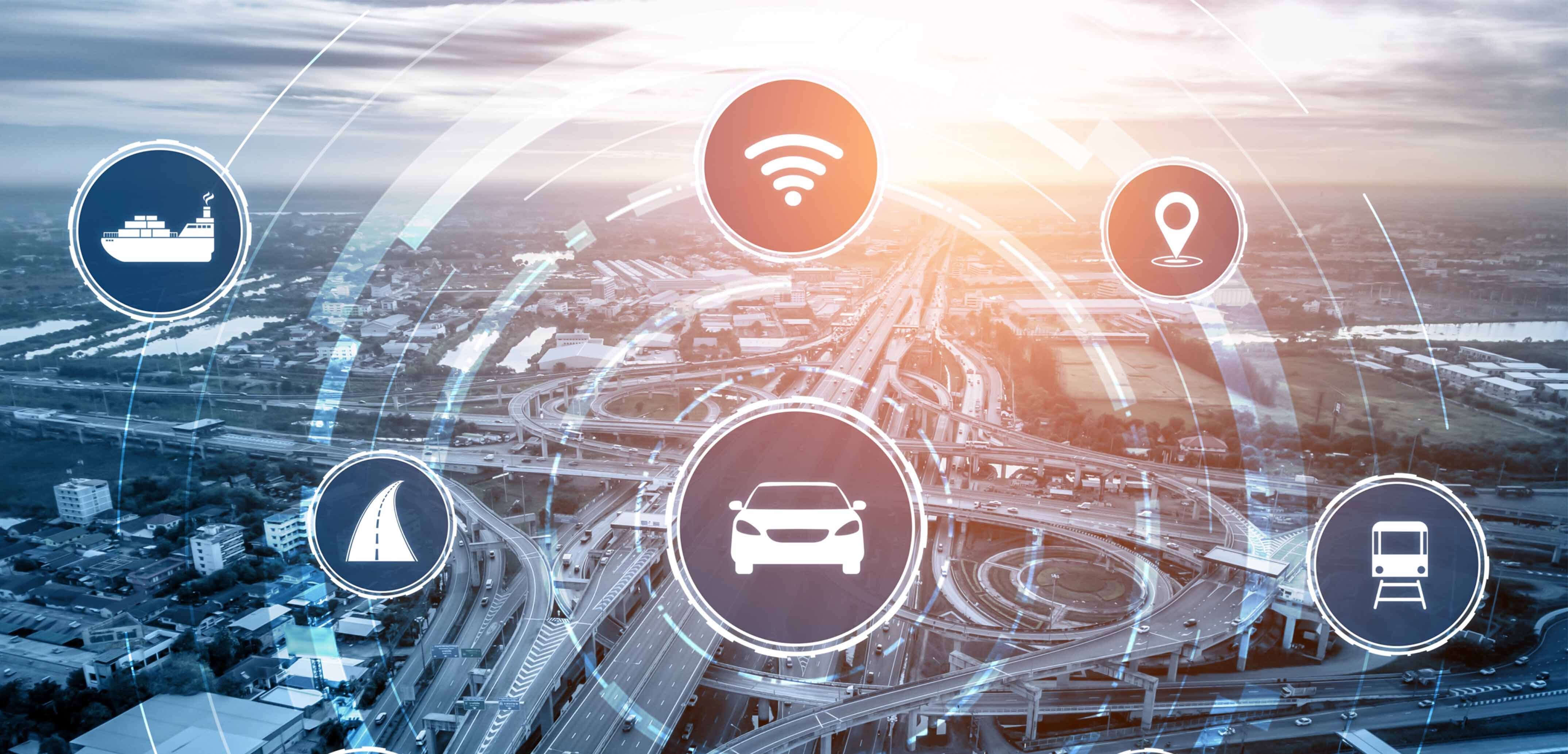The Internet of Things (IoT) is revolutionizing transportation, addressing challenges like slow tech adoption, poor infrastructure, rising fuel costs, and a shortage of skilled professionals. IoT enhances efficiency, optimizes vehicle performance, and enables real-time monitoring. However, with increased connectivity comes the need for strong cybersecurity. India saw INR 11,300 crores in cyber fraud in just the first nine months of 2024. Advanced encryption, multi-factor authentication, and AI-driven threat detection can safeguard data and minimize risks, ensuring a secure IoT-powered transportation ecosystem.
How IoT is a game changer in Transportation
IoT is transforming transportation by enabling real-time data collection and analysis. Smart monitoring tools like GPS trackers and vehicle telematics optimize fuel efficiency, enhance driving performance, and lower operational costs. Real-time insights into traffic, vehicle health, and driver behaviour improve safety and prevent accidents. Roadcast is leading this technological shift.
IoT also enhances traffic management by dynamically adjusting signals, reducing congestion, and minimizing vehicle idling—responsible for wasting 6 billion gallons of fuel annually. The sector is set to grow at a 14.5% CAGR from 2021 to 2026, driven by affordable sensors, better connectivity, and government initiatives for smart cities. Globally, the USA is collaborating with automakers to integrate IoT, aiming to cut traffic accidents by 80%. As IoT adoption rises, the transportation industry is becoming safer, more efficient, and more sustainable.
The Growing Risk of Cyberattacks
While IoT brings significant improvement, its reliance on internet connectivity has opened new avenues for cyberattacks. The integration of millions of devices through IoT into transportation networks would increase the vulnerability of cyberattacks. According to Statista, there were 112 million IoT-led attacks globally in 2022. With vehicles, traffic management systems and even driving technologies connected to the internet, the risks of unauthorized access, data breaches, and hacking could become frequent. In a country like India where cyber fraud is expected to cost INR 1.2 lakh crore by 2025, costing 0.7% of its GDP, it becomes more crucial to address the growing vulnerability of digital systems and focus on strengthening them. Cybercriminals are constantly developing methods to exploit these vulnerabilities and find new ways to potentially disrupt transportation networks and endanger lives. For instance, if attackers can control autonomous vehicles, they can manipulate the system to cause accidents or hijack the data for malicious purposes. This will have severe implications for the sector as well as other stakeholders.
Role of IoT In Mitigating Cyberattacks
Despite these risks, IoT can actively contribute to mitigating cybersecurity threats. One of the key ways in which IoT can curb these risks in transportation is through the use of advanced encryption technologies. With these strong encryption technologies, the communications between vehicles, sensors, and the central system can be protected from unauthorized access. Furthermore, blockchain technology can strengthen security by providing a transparent record of data transactions that hackers can barely able to access or tamper it. In addition to these measures, they can also leverage ML and AI to detect any unusual patterns or anomalies that may indicate a possibility of cyberattack. According to recent statistics, AI-based cybersecurity systems may detect attacks with 85% accuracy. Robust authentication mechanisms such as multi-factor authentication and biometric verification could further prevent unauthorized access to vehicles and control systems protecting them from any malicious activity.
